Home>Dining>Tableware>How To Knit A Diagonal Rectangle Placemat
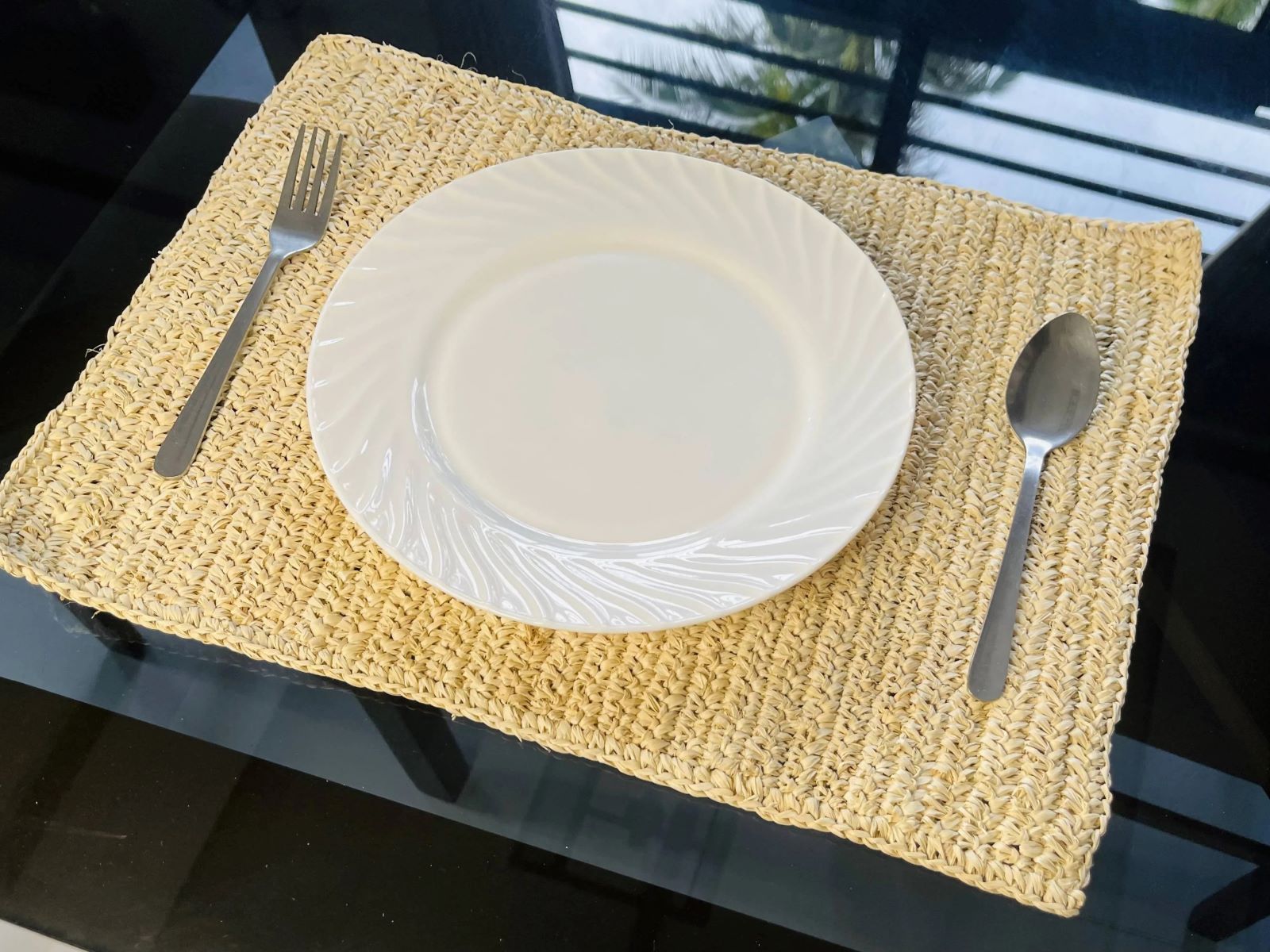

Tableware
How To Knit A Diagonal Rectangle Placemat
Modified: January 4, 2024
Learn how to knit a stylish diagonal rectangle placemat for your tableware collection with our easy step-by-step guide. Elevate your dining experience with this handmade touch.
(Many of the links in this article redirect to a specific reviewed product. Your purchase of these products through affiliate links helps to generate commission for Storables.com, at no extra cost. Learn more)
Introduction
Welcome to the wonderful world of knitting, where creativity and functionality intertwine to produce beautiful and practical items for the home. In this article, we will delve into the art of creating a diagonal rectangle placemat through knitting. Whether you are a seasoned knitter looking for a new project or a beginner eager to expand your skills, this guide will walk you through the process step by step.
Knitting is not only a delightful pastime but also a way to infuse your living space with personalized touches. The satisfaction of crafting a handmade placemat that complements your tableware and reflects your unique style is truly unparalleled. As we embark on this knitting journey together, you will discover the joy of transforming yarn into a functional piece of tableware that adds charm to your dining experience.
Throughout this tutorial, we will cover the materials needed, casting on, knitting the diagonal rectangle, binding off, and adding the finishing touches to your placemat. By the end of this guide, you will have a stunning and practical creation to adorn your dining table or to gift to a loved one.
So, gather your knitting supplies, find a cozy spot to work, and let’s begin our knitting adventure as we learn how to knit a delightful diagonal rectangle placemat.
Key Takeaways:
- Knitting a diagonal rectangle placemat is a fun and rewarding way to create a personalized table accessory that adds charm to your dining experience. With the right materials and step-by-step guidance, you can craft a stunning and practical placemat.
- By mastering the art of knitting a diagonal rectangle placemat, you not only gain valuable skills but also infuse your living space with handmade beauty. The finishing touches, personalized embellishments, and dedication to craftsmanship make each placemat a cherished addition to your home.
Read more: How To Wash A Knitted Blanket
Materials Needed
Before diving into the knitting process, it’s essential to gather the necessary materials to ensure a smooth and enjoyable crafting experience. Here’s what you’ll need to knit a diagonal rectangle placemat:
- Yarn: Select a durable and washable yarn in a color that complements your table setting. Cotton yarn is an excellent choice for placemats due to its absorbency and easy maintenance.
- Knitting Needles: Choose needles that are suitable for the yarn weight you’ve selected. For a standard cotton yarn, a pair of US size 7 or 8 (4.5mm or 5mm) knitting needles will work well.
- Scissors: A pair of sharp scissors for cutting the yarn at the end of your project and for any necessary adjustments.
- Tapestry Needle: This needle will be used for weaving in loose ends and finishing touches.
- Measuring Tape: An essential tool for ensuring your placemat reaches the desired dimensions.
- Stitch Markers (optional): If you’re new to knitting or want to mark the beginning and end of your rows, stitch markers can be helpful.
With these materials in hand, you’ll be well-equipped to embark on your knitting journey and create a stunning diagonal rectangle placemat. The next step is casting on, where we’ll lay the foundation for your knitting project.
Casting On
As you begin your knitting adventure, casting on is the initial step in creating the foundation for your diagonal rectangle placemat. Follow these steps to cast on your stitches:
- Prepare the Yarn: Start by leaving a tail of yarn that is approximately 6-8 inches long. This tail will be used for weaving in later.
- Create a Slip Knot: Make a slip knot at the end of the yarn, leaving enough of a loop to comfortably insert your knitting needle.
- Insert the Needle: Insert one of your knitting needles through the slip knot loop, ensuring it’s not too tight or too loose.
- Cast On Stitches: With the needle in place, begin casting on stitches using the long-tail cast-on method. If you’re new to this technique, there are numerous tutorials available to guide you through the process.
- Count Your Stitches: Once you’ve cast on the required number of stitches for your placemat width, you’re ready to start knitting the first row.
After successfully casting on your stitches, you’ve laid the groundwork for your diagonal rectangle placemat. The next phase involves knitting the diagonal pattern, which adds visual interest and texture to your creation. Let’s explore the intricacies of knitting the diagonal rectangle in the following section.
Knitting the Diagonal Rectangle
Now that you’ve cast on your stitches, it’s time to embark on the exciting process of knitting the diagonal rectangle pattern for your placemat. This pattern creates a visually captivating design while incorporating the soothing rhythm of knitting. Follow these steps to knit the diagonal rectangle:
- Row 1 (Right Side): Begin by knitting the first stitch. Then, yarn over, knit the next two stitches together, and knit to the end of the row. This sequence sets the stage for the diagonal pattern to unfold.
- Row 2 (Wrong Side): Purl across the row, maintaining the established pattern sequence.
- Repeat Rows 1 and 2: Continue alternating between the knit and purl rows to form the diagonal pattern. As you progress, you’ll notice the elegant diagonal lines emerging, adding a touch of sophistication to your placemat.
- Continue Knitting: Keep knitting in this manner until your placemat reaches the desired length, ensuring that you end on a right-side row to maintain the pattern consistency.
Knitting the diagonal rectangle pattern infuses your placemat with a charming and dynamic visual appeal, making it a standout piece for your table setting. Once you’ve achieved the desired length, it’s time to move on to the binding off process, which will secure your stitches and prepare your placemat for its finishing touches.
As you knit, take pleasure in witnessing the unique design unfold and the tactile satisfaction of creating a functional work of art. The rhythmic flow of the knitting process offers a meditative experience, allowing you to immerse yourself in the craft and relish each stitch as your placemat takes shape.
With the diagonal pattern complete, the next step is to bind off your stitches and add the finishing touches to your exquisite placemat.
When knitting a diagonal rectangle placemat, make sure to keep your tension consistent to avoid any uneven edges. This will help create a neat and professional-looking finished product.
Binding Off
As you near the completion of your diagonal rectangle placemat, the binding off process is essential for securing your stitches and creating a tidy edge. Follow these steps to bind off your stitches:
- Knit the First 2 Stitches: Begin by knitting the first two stitches of the row.
- Pass the First Stitch Over: Lift the first knitted stitch over the second stitch and off the needle, leaving one stitch on the needle.
- Knit the Next Stitch: Knit the next stitch, adding a new stitch to the needle.
- Repeat the Process: Continue passing the lifted stitch over the newly knitted stitch, effectively binding off the stitches as you progress across the row.
- Finishing the Last Stitch: Once you reach the final stitch, cut the yarn, leaving a tail of approximately 6-8 inches. Thread the tail through the last stitch and pull it tight to secure the end.
With the binding off complete, your diagonal rectangle placemat has taken its final form. The next step involves adding the finishing touches to ensure that your creation is polished and ready to grace your dining table.
Binding off marks the culmination of your knitting journey for this project. The rhythmic process of securing the stitches brings a sense of accomplishment and anticipation as you prepare to add the final details to your handcrafted placemat. Let’s proceed to the finishing touches, where we’ll refine your creation and prepare it for its intended purpose.
Read more: How To Organize Knitting Needles
Finishing Touches
As you approach the completion of your diagonal rectangle placemat, the finishing touches are crucial for refining your creation and preparing it to adorn your dining table. Follow these steps to add the final details to your handcrafted placemat:
- Weave in Loose Ends: Utilize a tapestry needle to weave in any loose ends of yarn along the edges of your placemat. This ensures a clean and polished appearance, preventing the yarn from unraveling and maintaining the integrity of your work.
- Block Your Placemat (Optional): If desired, blocking your placemat can enhance its shape and appearance. Wet blocking or steam blocking can be employed to gently shape the fabric and promote evenness.
- Inspect for Imperfections: Take a moment to inspect your placemat for any irregularities or missed stitches. Making any necessary adjustments at this stage will result in a flawless finished product.
- Personalize with Embellishments (Optional): If you’re inclined to add a personal touch, consider embellishing your placemat with decorative elements such as embroidery, appliqué, or crocheted edging. This customization infuses your creation with individuality and charm.
- Pressing (Optional): Lightly press your placemat with an iron on a low heat setting to smooth out any wrinkles and ensure a crisp, polished look.
By attending to these finishing touches, you elevate your diagonal rectangle placemat from a knitted piece to a refined and functional table accessory. Each step contributes to the overall quality and visual appeal of your handcrafted creation, ensuring that it will be a delightful addition to your dining experience.
As you add the final details to your placemat, take pride in the artistry and effort you’ve invested in creating a piece that reflects your skill and creativity. The finishing touches serve as a testament to your dedication and craftsmanship, resulting in a placemat that is not only practical but also a source of aesthetic pleasure.
With the finishing touches complete, your diagonal rectangle placemat is ready to take its place as a charming and functional accent on your dining table. As we conclude this knitting journey, you’ve gained valuable skills and created a beautiful piece that embodies the art of knitting.
Conclusion
Congratulations on completing your knitting journey and crafting a stunning diagonal rectangle placemat. Throughout this tutorial, you’ve ventured into the world of knitting, transforming yarn into a functional and visually captivating piece for your home. As you reflect on this creative endeavor, remember that the skills you’ve acquired and the satisfaction of crafting a handmade item are invaluable.
Knitting offers a delightful avenue for self-expression and the opportunity to infuse your living space with personalized touches. Your placemat is more than a practical accessory; it’s a testament to your creativity and dedication to the art of knitting. Whether you’ve crafted it for your own enjoyment or as a heartfelt gift for a loved one, your placemat embodies the warmth and care imbued in handmade creations.
As you embark on future knitting projects, may the skills and insights gained from this experience continue to inspire and enrich your creative pursuits. The rhythmic flow of knitting, the joy of witnessing a project take shape, and the sense of accomplishment upon completion are all part of the enchanting journey that knitting offers.
Now, as you admire your handiwork adorning your dining table, take pride in knowing that you’ve not only created a practical item but also a work of art that enriches your living space. The elegance of the diagonal pattern, the quality of craftsmanship, and the personal touch you’ve added through your creativity make your placemat a cherished addition to your home.
Thank you for joining me on this knitting adventure as we explored the process of crafting a diagonal rectangle placemat. May your future knitting endeavors be filled with inspiration, creativity, and the joy of bringing handmade beauty into the world.
Frequently Asked Questions about How To Knit A Diagonal Rectangle Placemat
Was this page helpful?
At Storables.com, we guarantee accurate and reliable information. Our content, validated by Expert Board Contributors, is crafted following stringent Editorial Policies. We're committed to providing you with well-researched, expert-backed insights for all your informational needs.
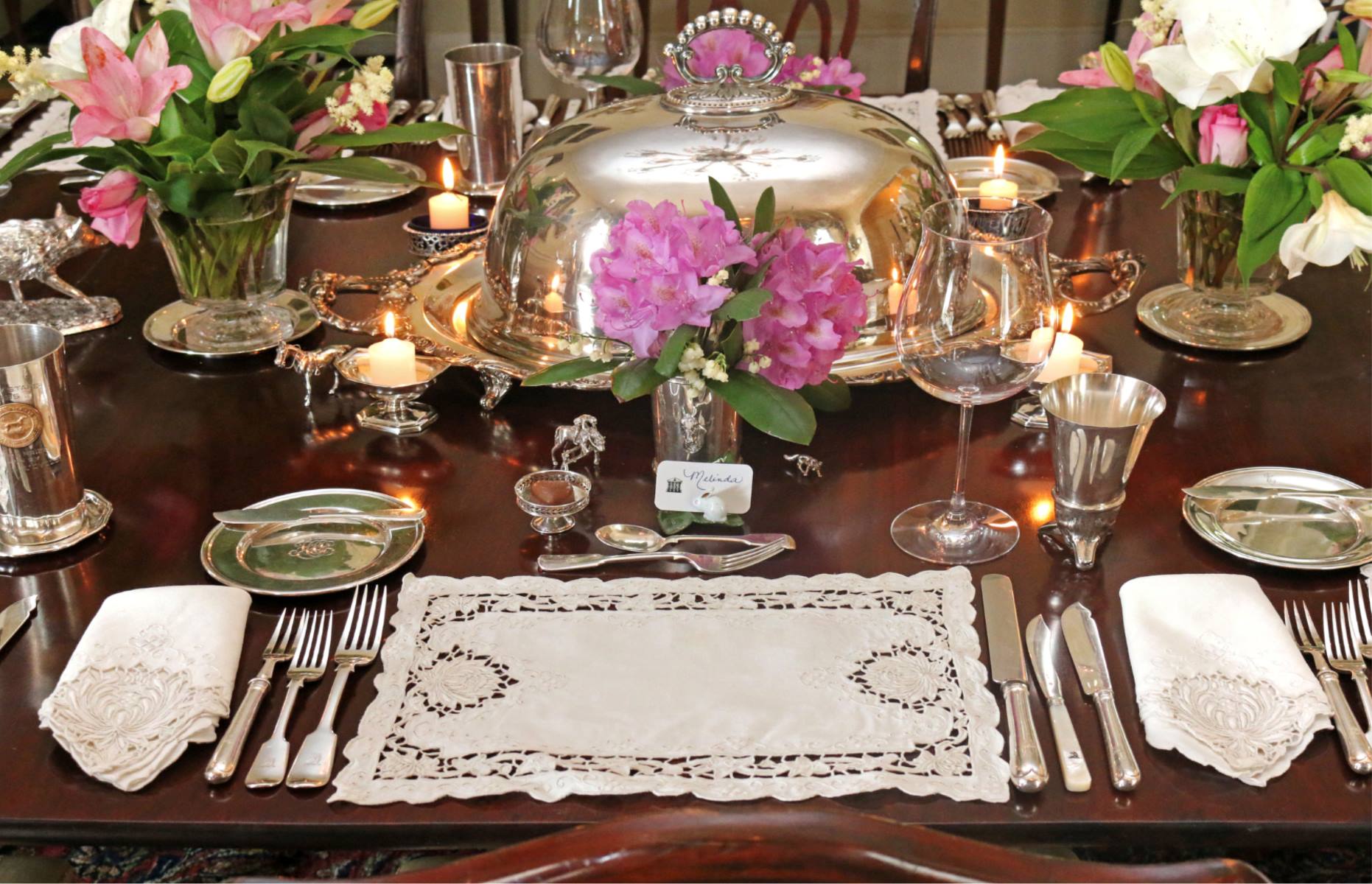
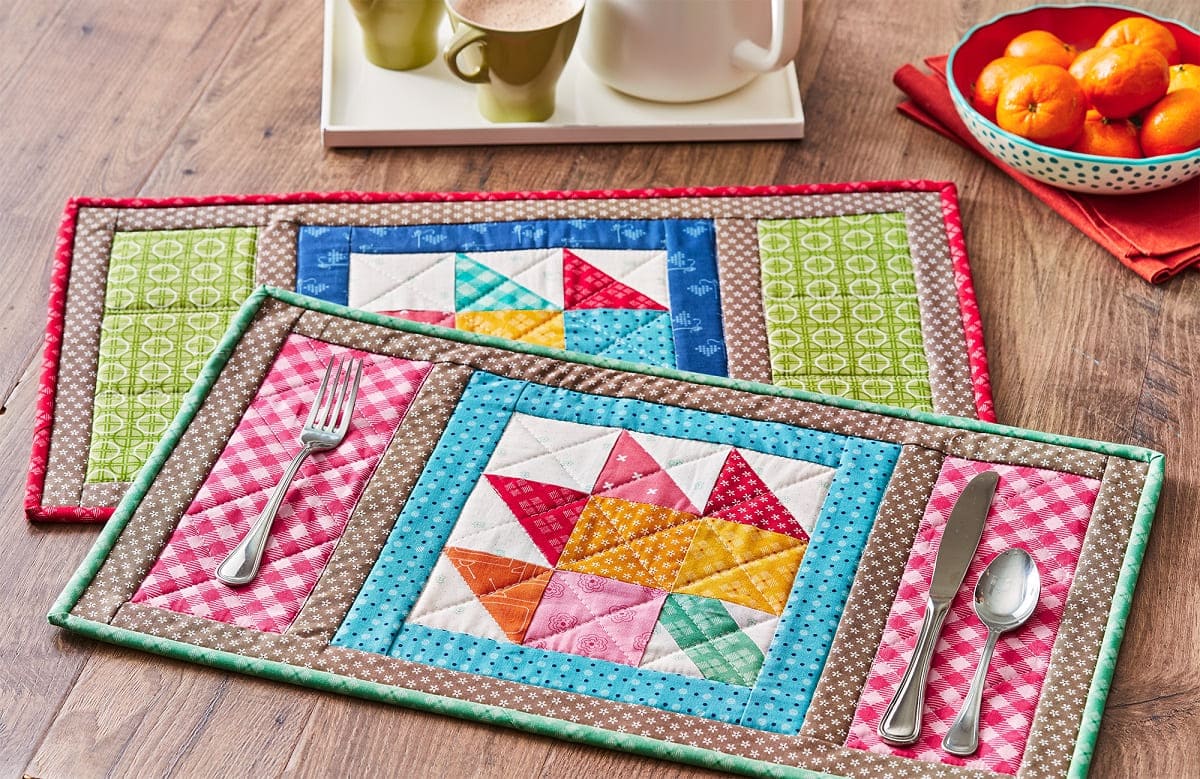
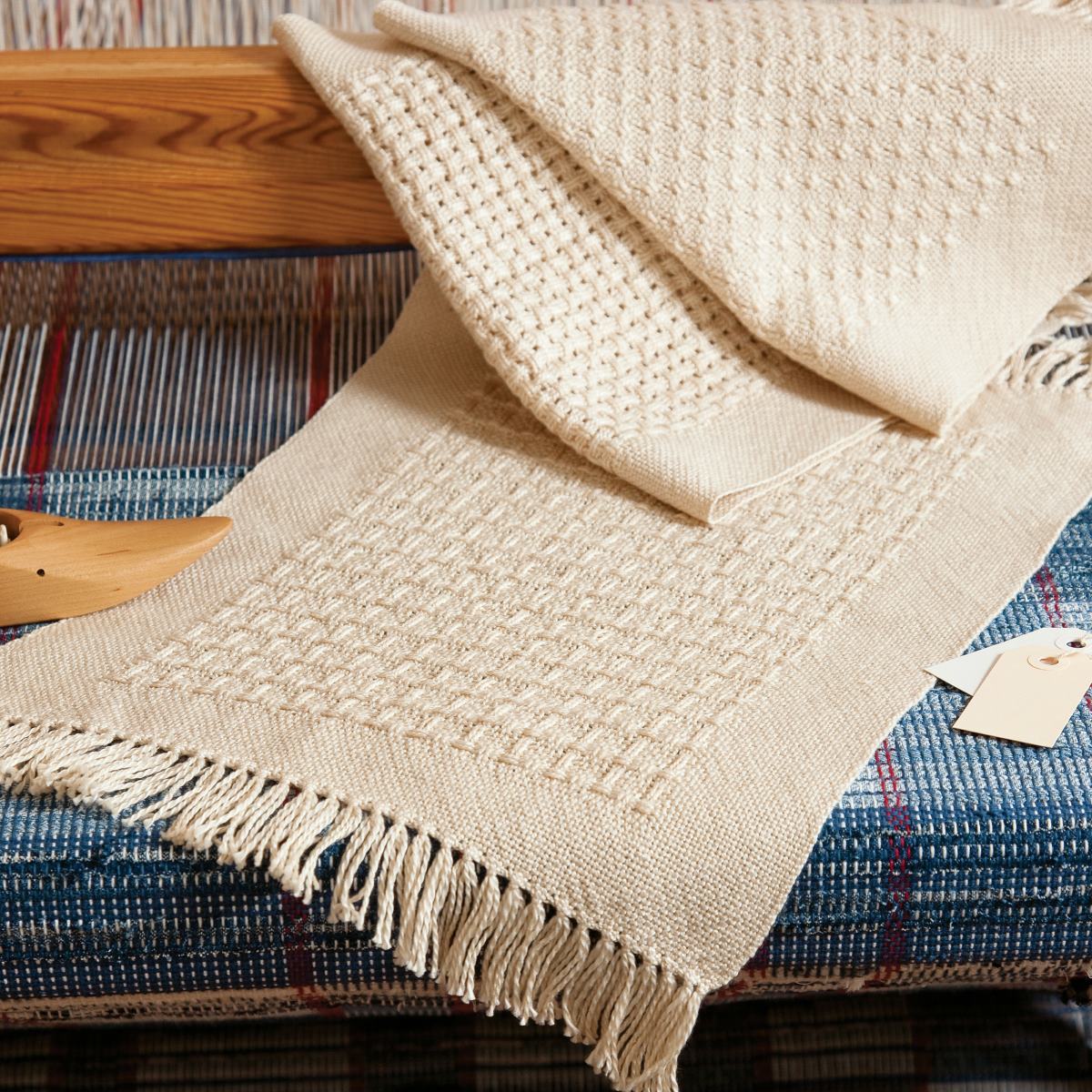
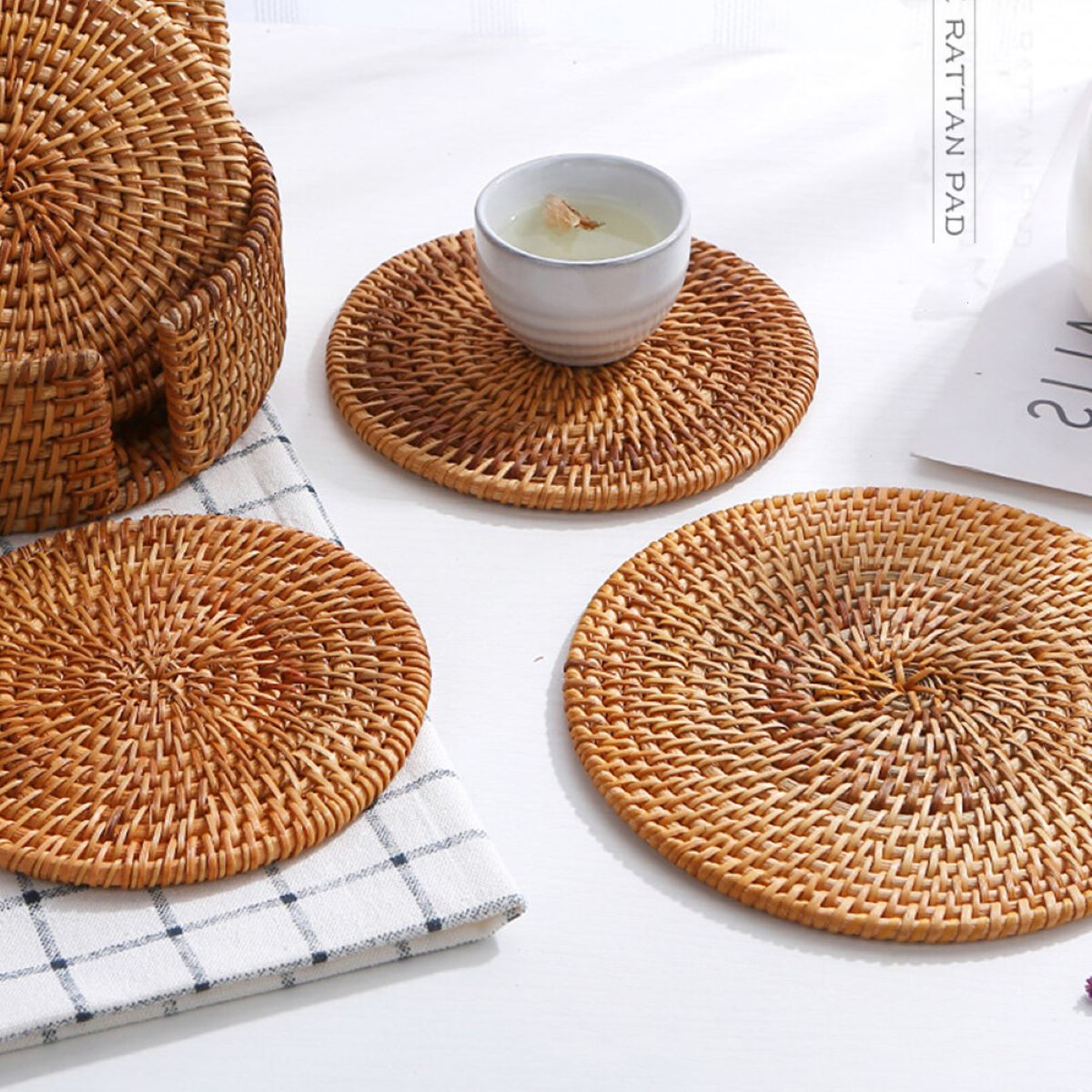
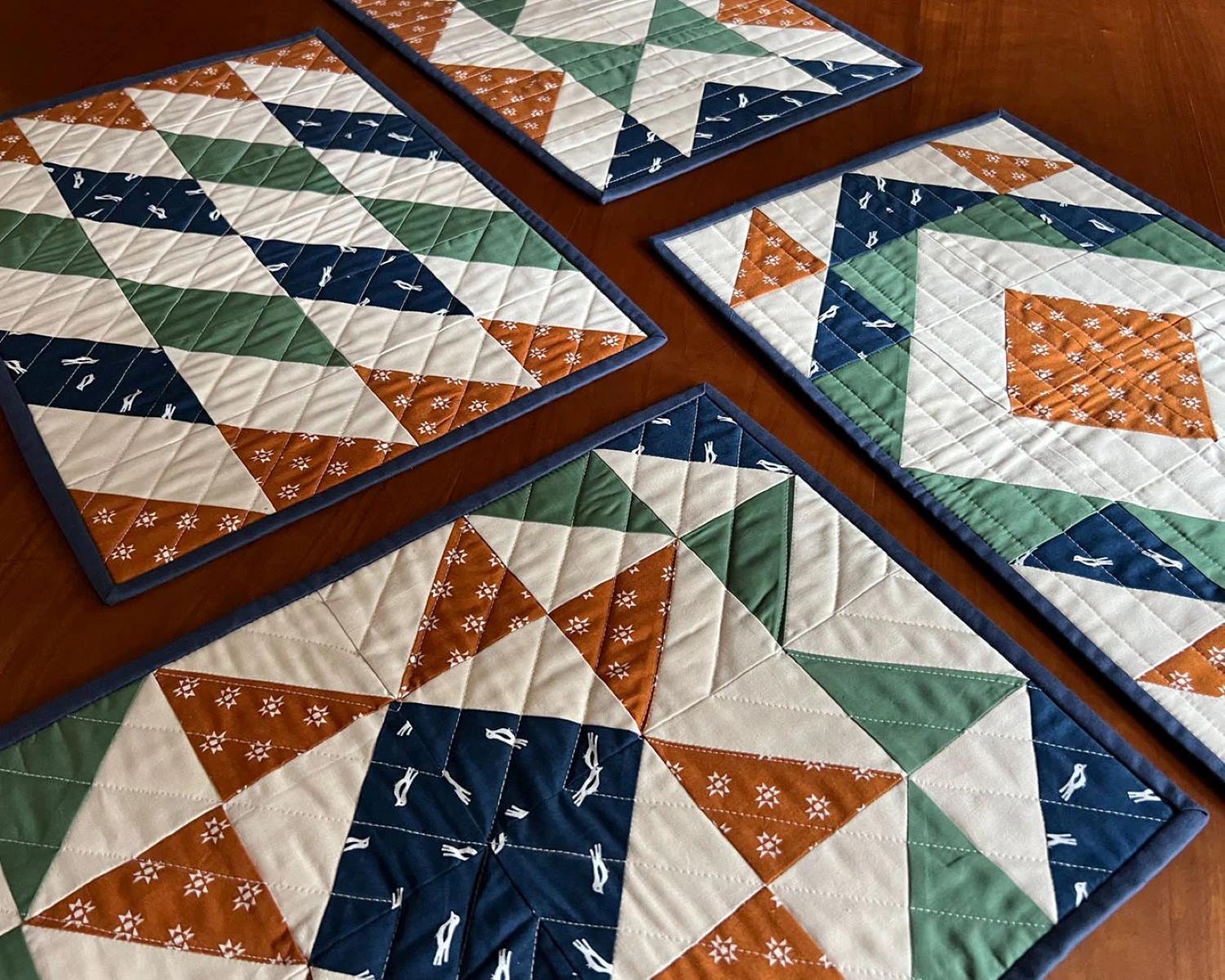
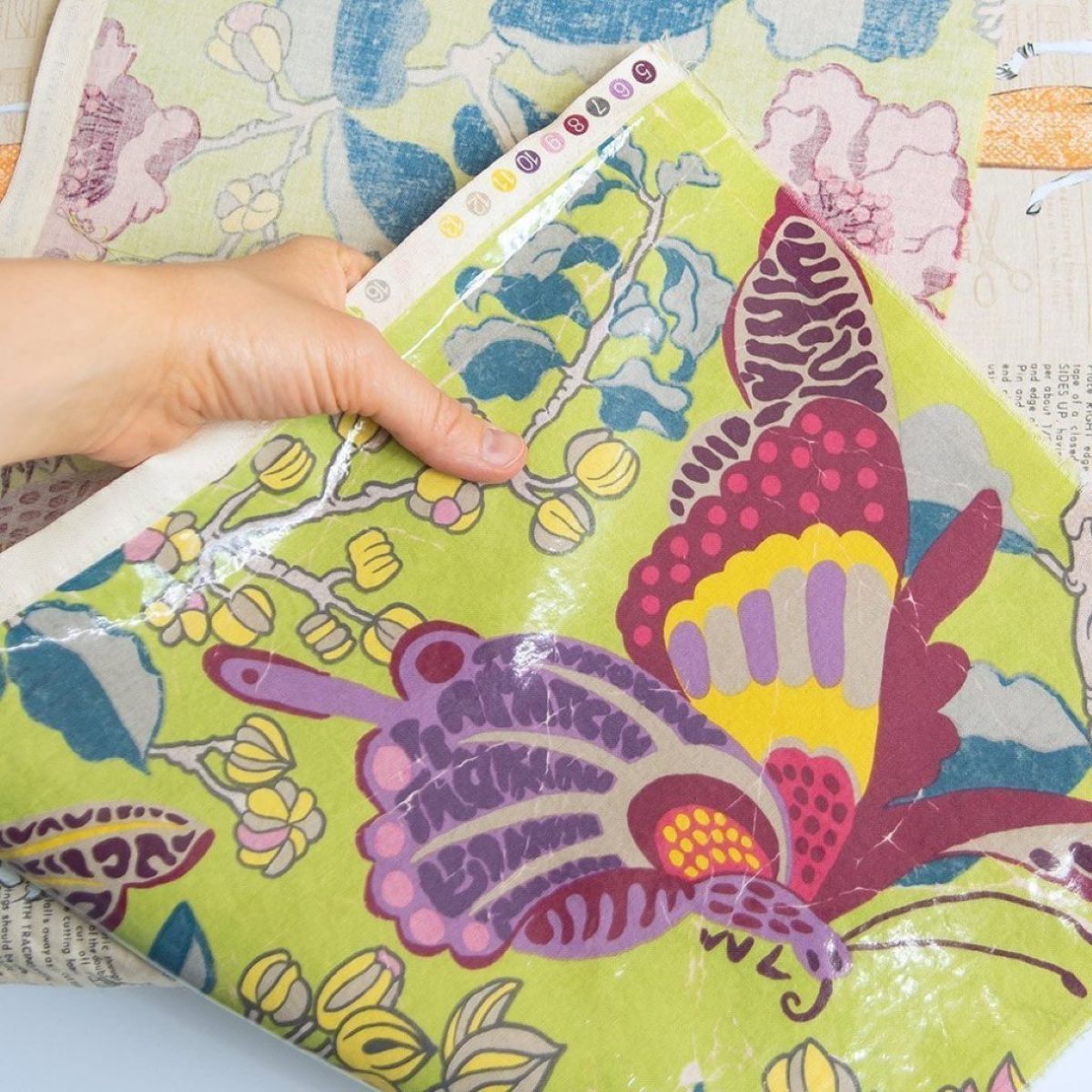
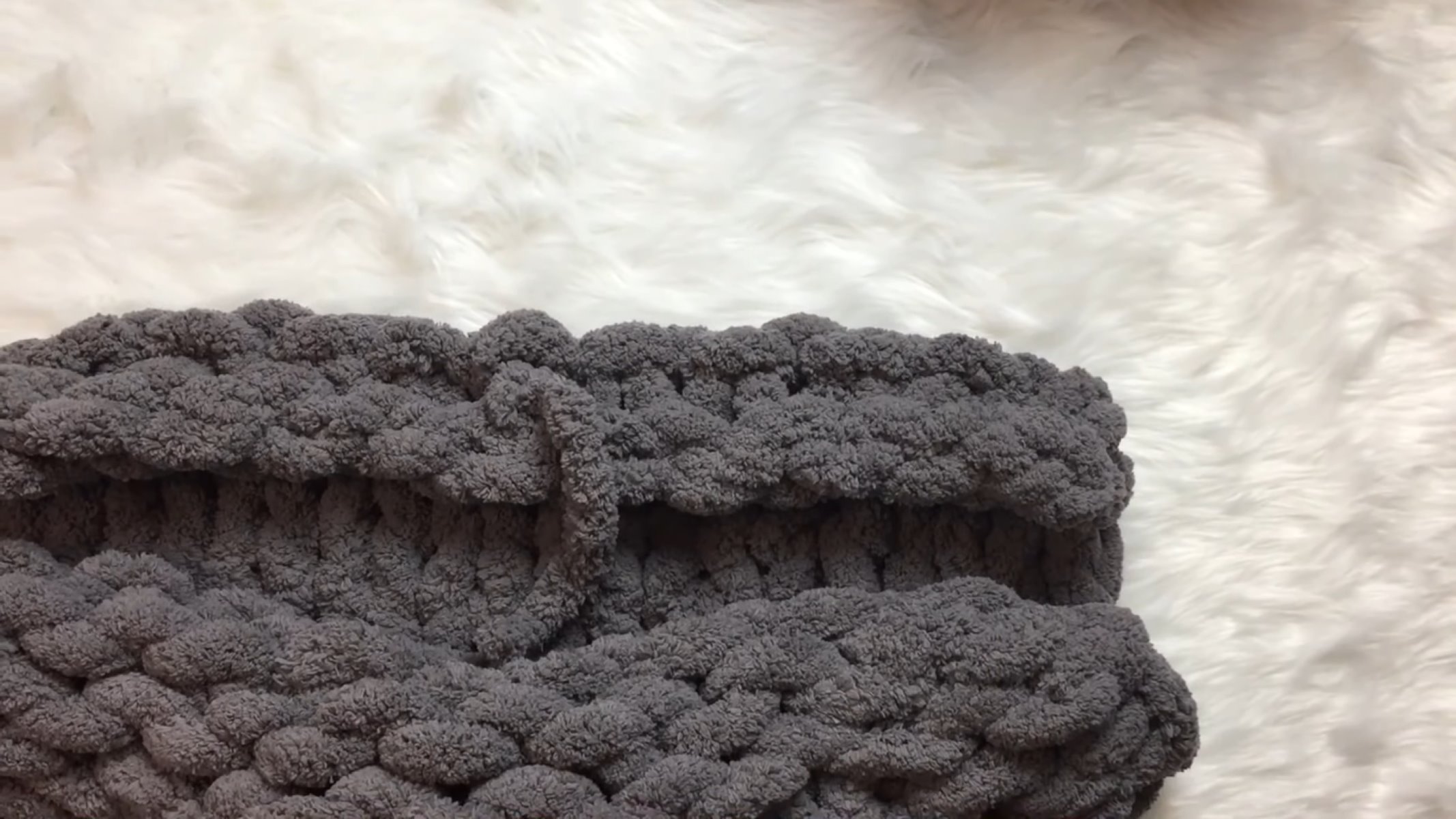
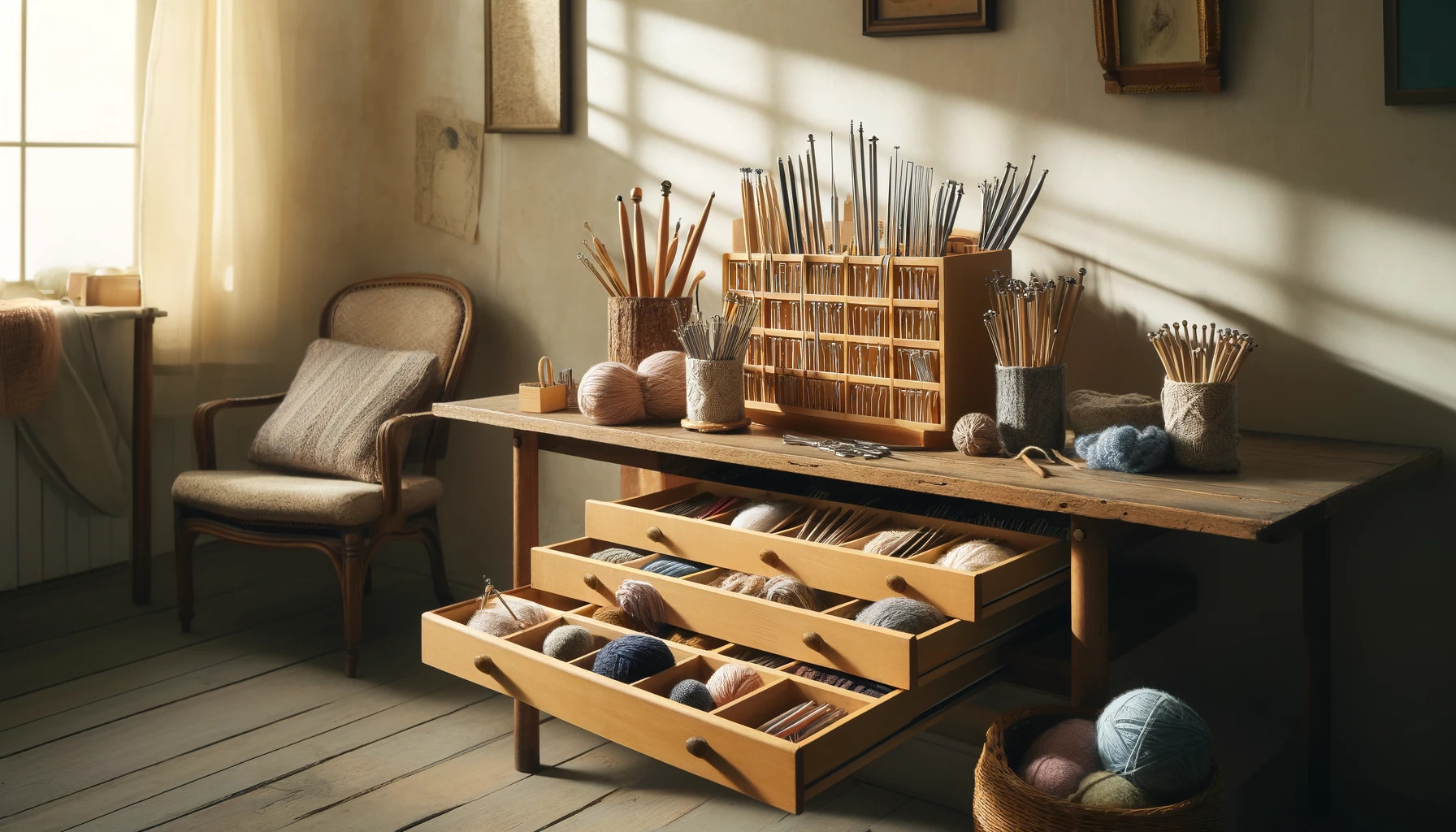
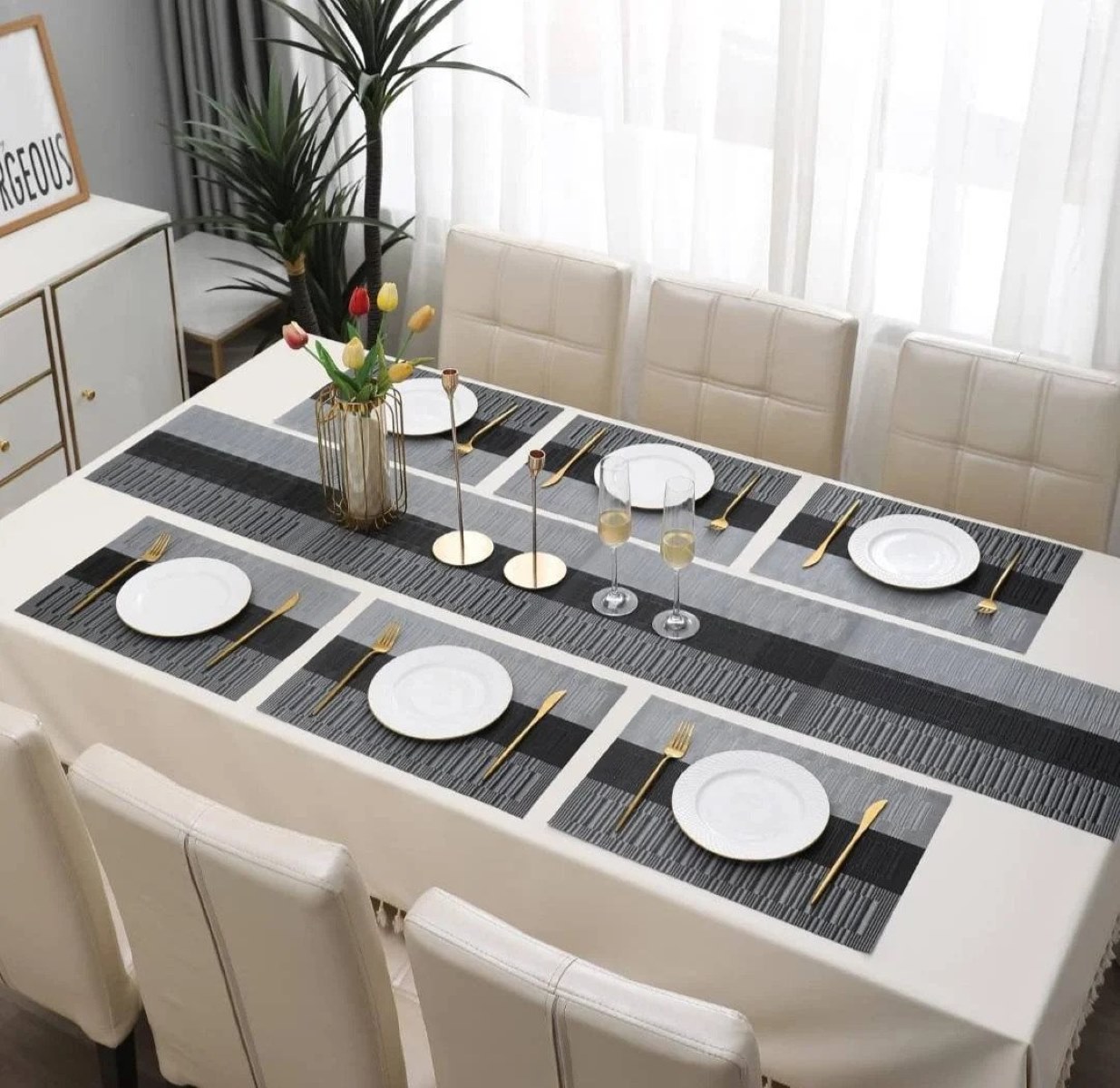
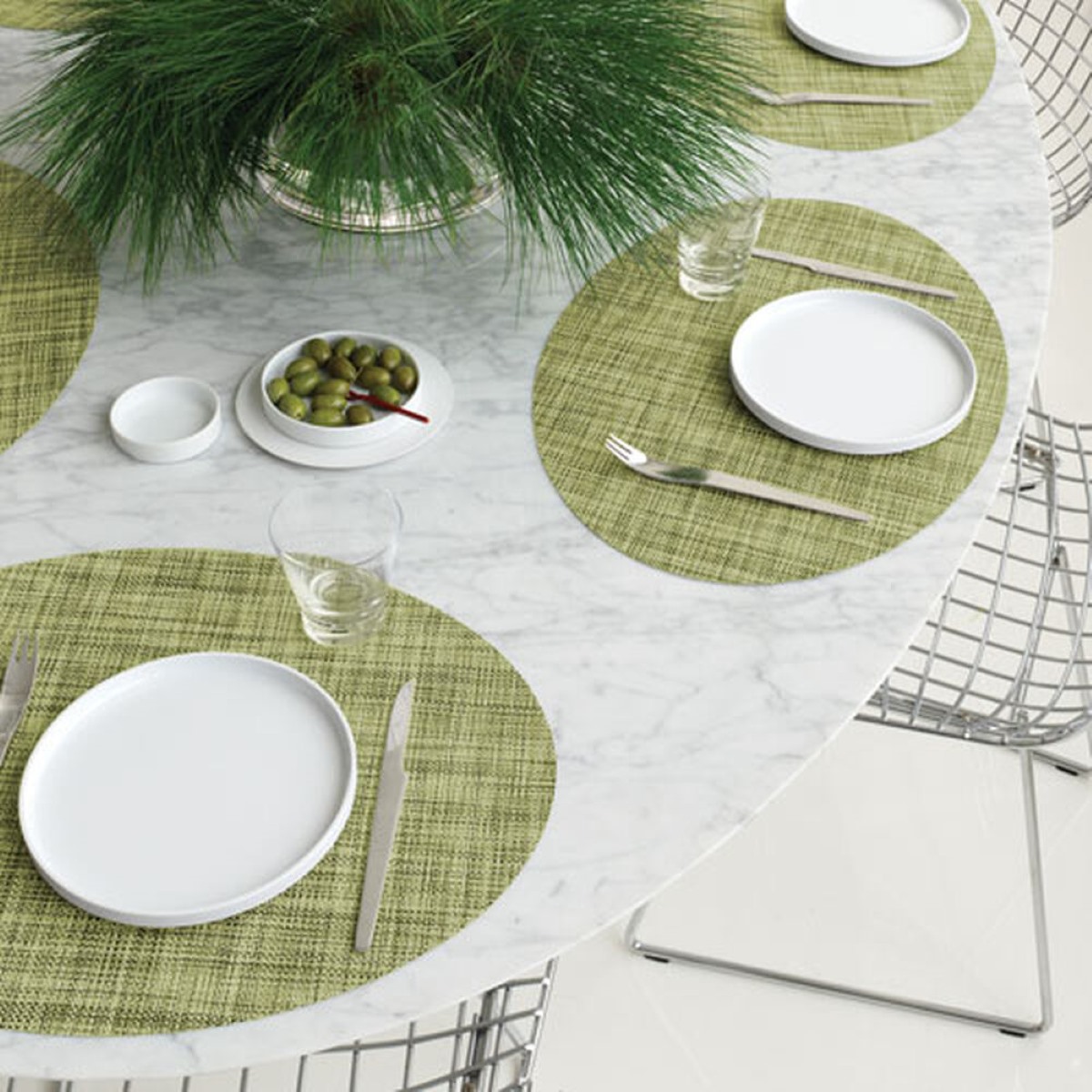
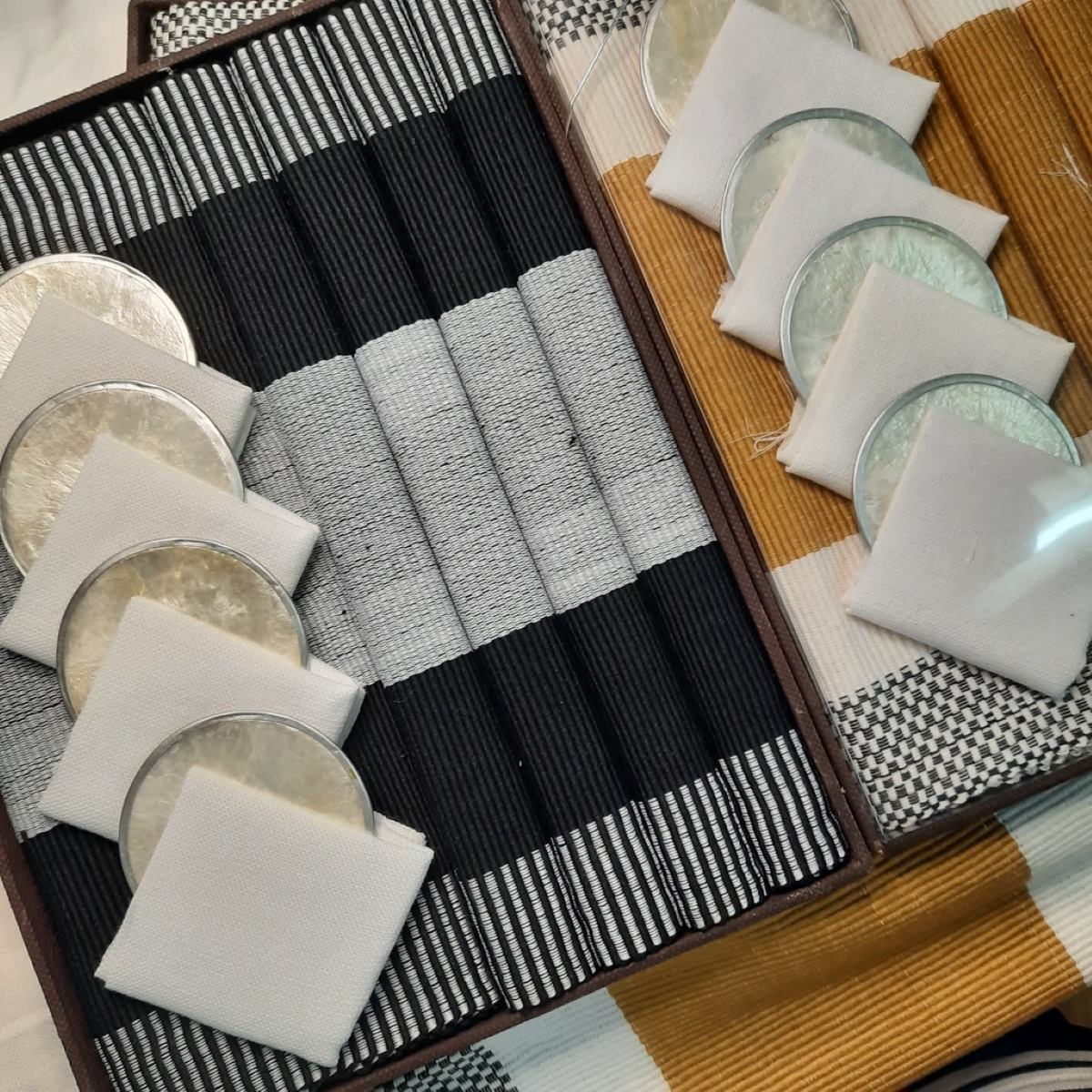
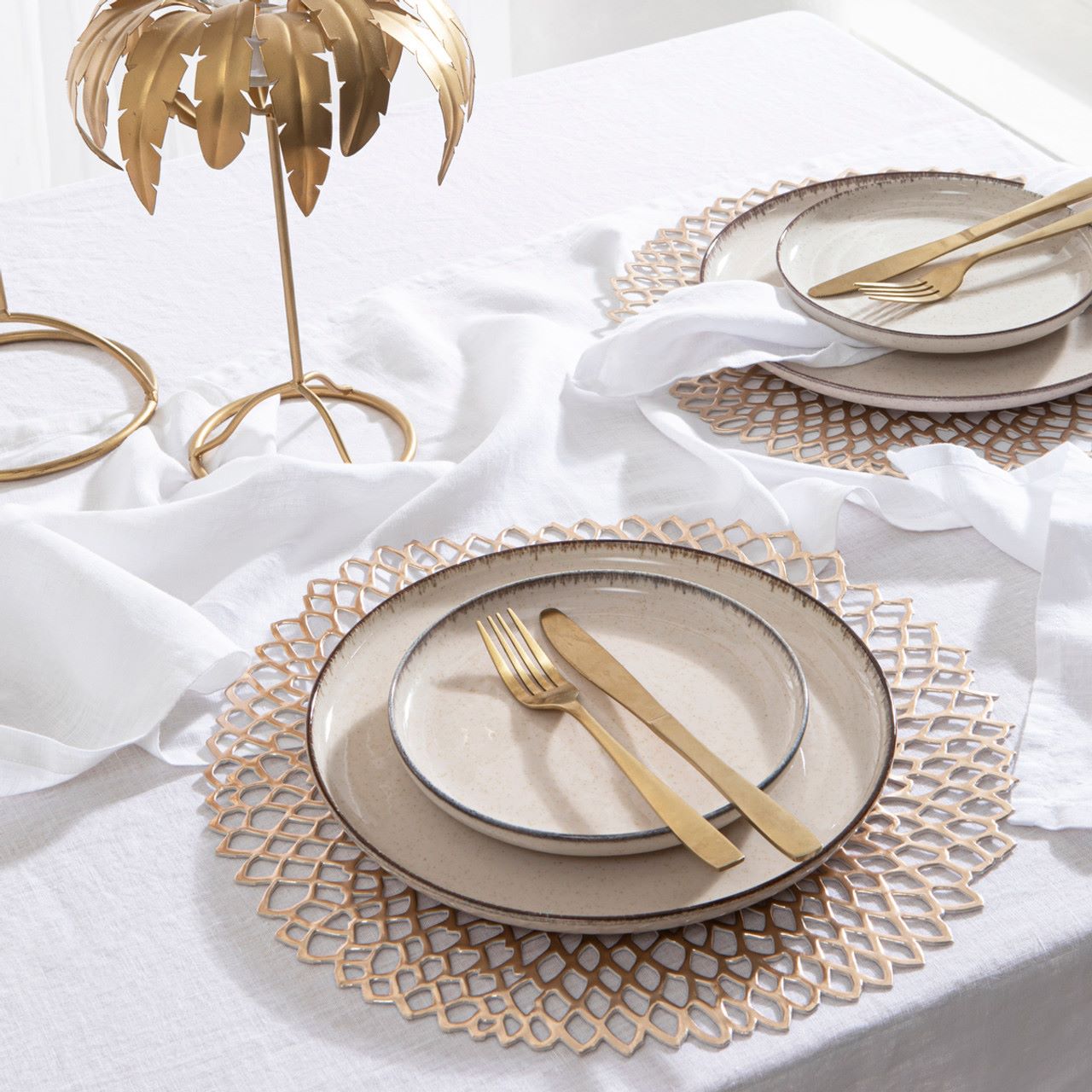
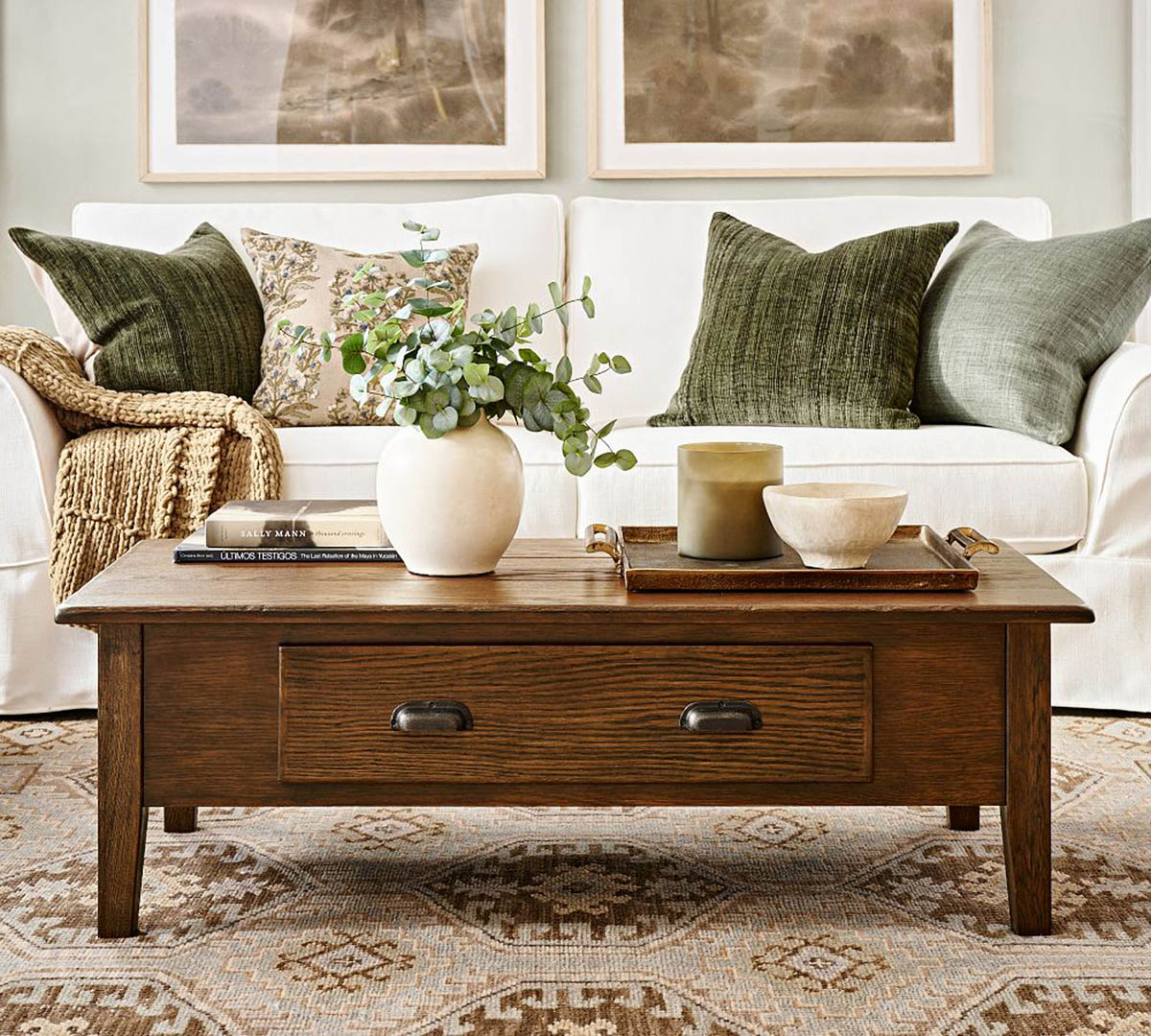
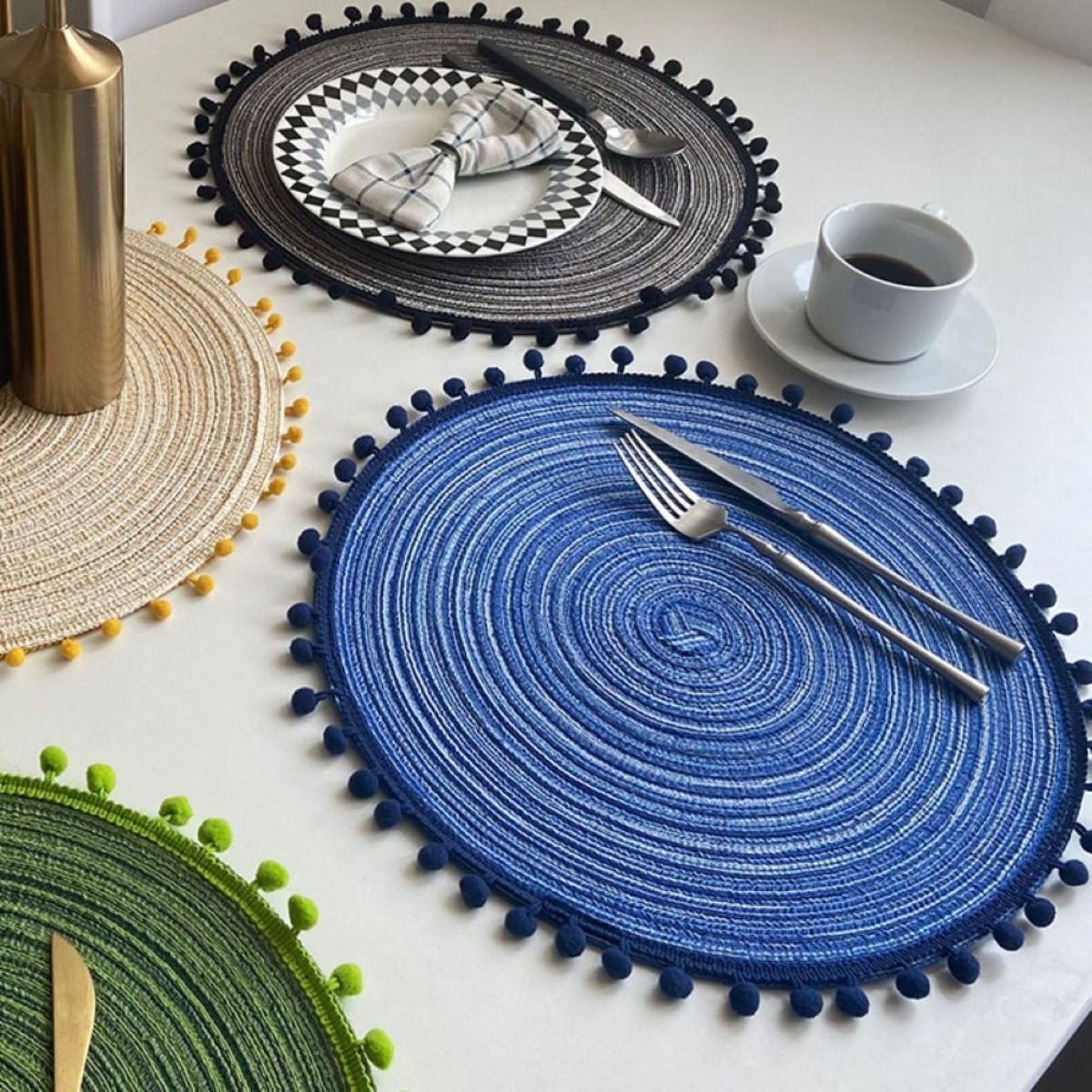

0 thoughts on “How To Knit A Diagonal Rectangle Placemat”